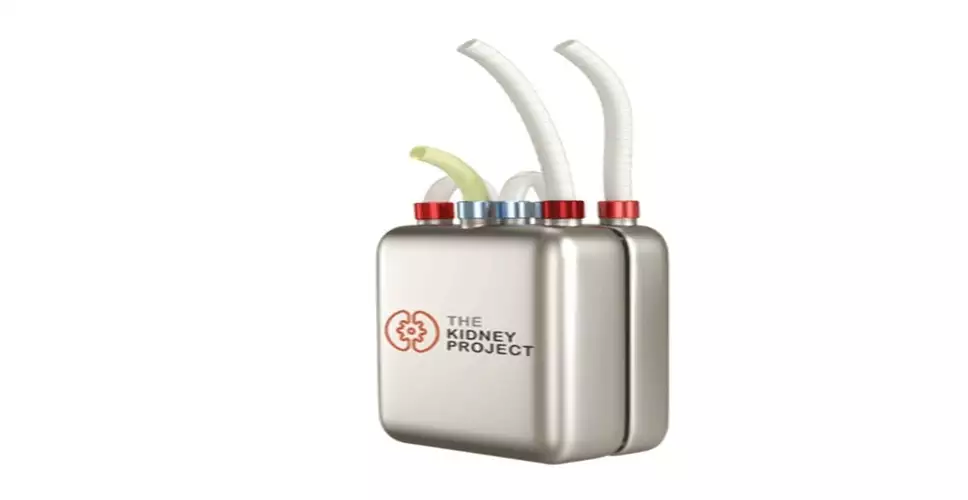
US scientists develop new kidney-like device to free patients from dialysis
text_fieldsNew York: In a ground-breaking discovery, scientists from the United States have, for the first time, invented an implantable device that mimics several important kidney functions.
According to the scientists, the device could one day free kidney failure patients from needing dialysis or having to take harsh drugs to suppress their immune system after a transplant.
The device, which can work quietly in the background like a pacemaker, does not trigger the recipient’s immune system to go on the attack, according to a paper published in Nature Communications.
The team at the University of California-San Francisco (UCSF) discovered that kidney cells, housed in an implantable device called a bioreactor, can survive inside the body of a pig.
Eventually, the scientists plan to fill the bioreactor with different kidney cells that perform vital functions like balancing body fluids, releasing hormones to regulate blood pressure, and then pair it with a device that filters waste from the blood.
The aim is to produce a human-scale device to improve on dialysis, which keeps people alive after their kidneys fail but is a poor substitute for having a real working organ. Thousands of people worldwide require dialysis several times a week. Many seek kidney transplants, but there are not enough donors, and only about 20,000 people receive them each year.
"We are focused on safely replicating the key functions of a kidney," said Dr. Shuvo Roy, a bioengineering professor at the UCSF School of Pharmacy.
"The bio-artificial kidney will make treatment for kidney disease more effective and also much more tolerable and comfortable," he added.
Roy and his team engineered the bioreactor to connect directly to blood vessels and veins, allowing the passage of nutrients and oxygen, much like a transplanted kidney would. Silicon membranes keep the kidney cells inside the bioreactor safe from attack by the recipient’s immune cells. The team used a type of kidney cell called a proximal tubule cell, which regulates water and salt, as a test case.
The team tracked the kidney cells and the recipient animals for seven days after transplantation and both did well.
The next step will be month-long trials, as required by the US Food and Drug Administration (FDA), first in animals and eventually in humans.
"We needed to prove that a functional bioreactor will not require immunosuppressant drugs, and we did," Roy said.
"We had no complications and can now iterate up, reaching for the whole panel of kidney functions at the human scale."
With inputs from IANS





